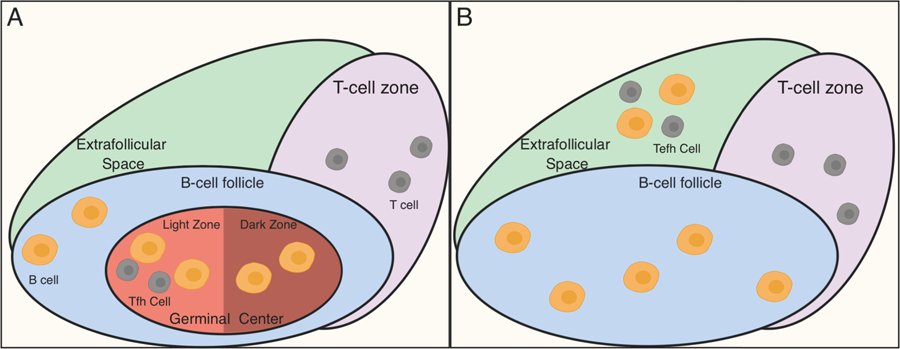Figure 2. Spatial heterogeneity of T cells that help B cells.

A) The classical model of Tfh function is shown. In this model, T:B cell collaboration occurs mainly in germinal centers (GCs), highly anatomically organized structures within B follicles of lymphoid tissue. Both Tfh cells and GC B cells contribute to GC organization. GCs can be further subdivided into light zones and dark zones. GC B cells cycle between the dark and light zones, proliferating in the former and receiving selective and instructive cues from Tfh cells in the latter where they undergo selection. Upon maturation, GC B cells exit the GCs as long-lived plasmablasts or memory B cells. B) An alternate mode of T:B cell collaboration can occur in extrafollicular spaces. Here, Tefh provide soluble and cell-contact dependent cues for B cell maturation with affinity maturation and isotype switch. This mode of B cell help has been demonstrated both during physiologic immune responses to pathogens as well as in settings of autoimmunity. Further, extrafollicular responses need not be confined to lymphoid tissue (as shown), but may also occur within local tissues, such as the kidneys, lungs or brain as discussed in the text.
